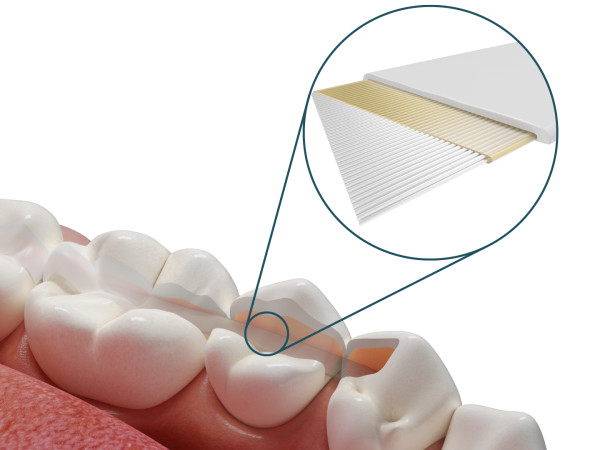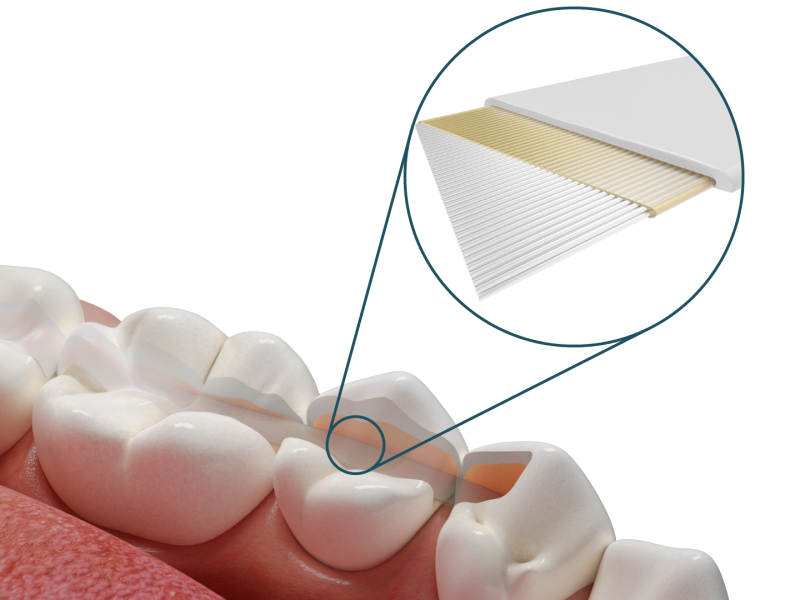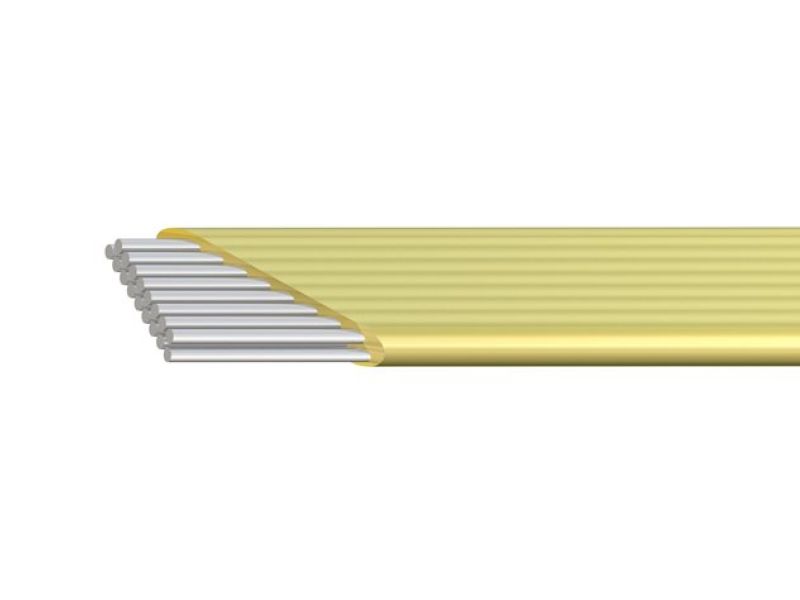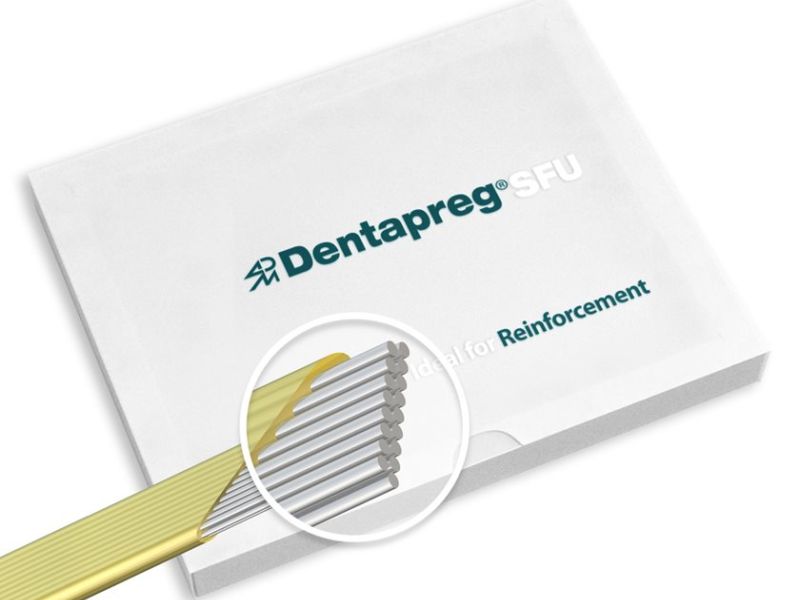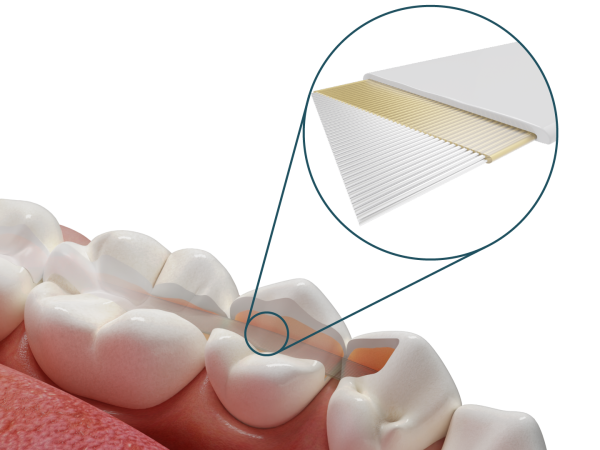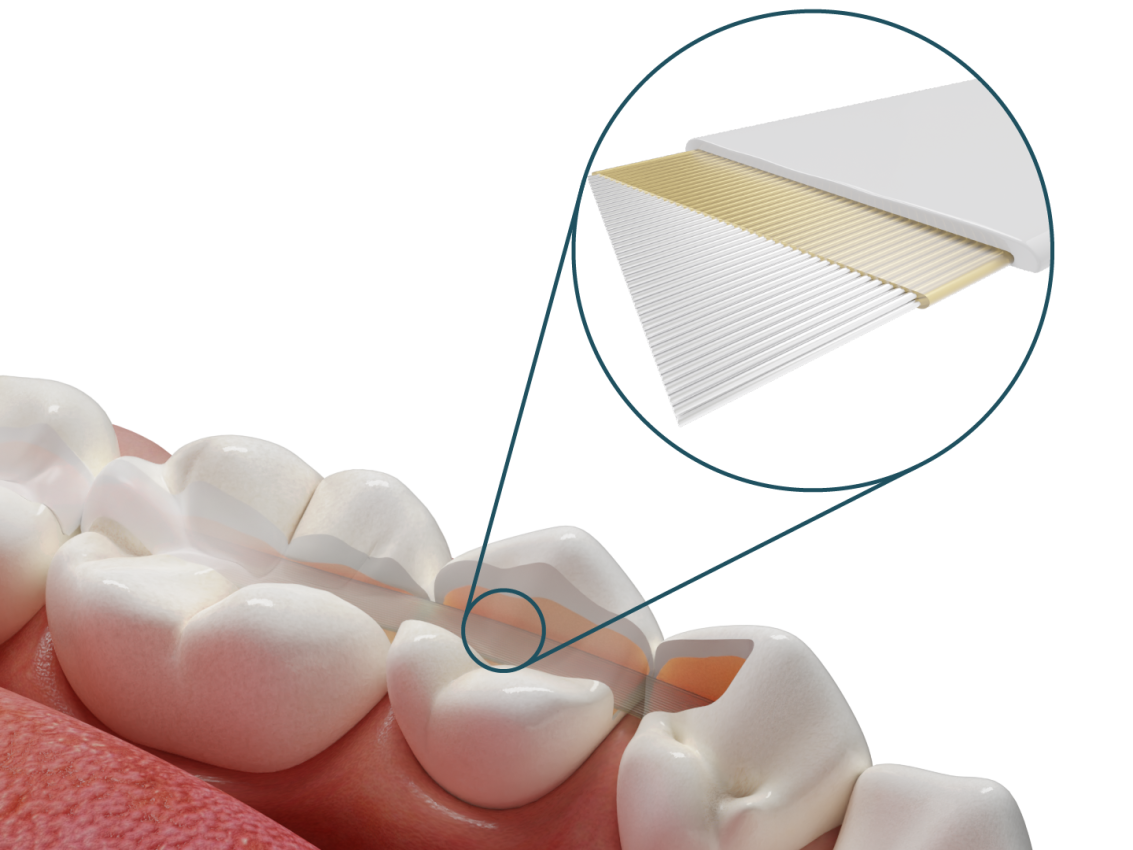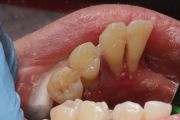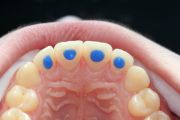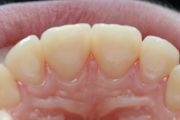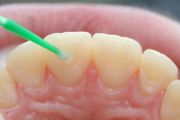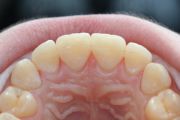Dentapreg SFU
Splinting & Reinforcement
$319.00
$114.00
Indications:
- Ideal for oral, vestibular and occlusal splints (perio, trauma) bonded inside a preparation, post-orthodontic retainers, space maintainers and anatomical posts.
Packaging:
- 1 or 3 pcs unidirectional preimpregnated strips; 2 x 60 x 0.2mm each.
- Enough for approx. 2 splints for single variant or 6 splints for 3 pcs variant.
-
Product details
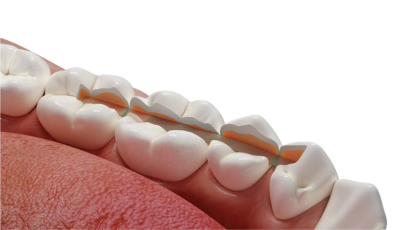 Dentapreg® splints set the standard for minimally invasive dental care, offering a reliable, swift, user-friendly and on top of that aesthetically superior solution for tooth stabilization.
Dentapreg® splints set the standard for minimally invasive dental care, offering a reliable, swift, user-friendly and on top of that aesthetically superior solution for tooth stabilization.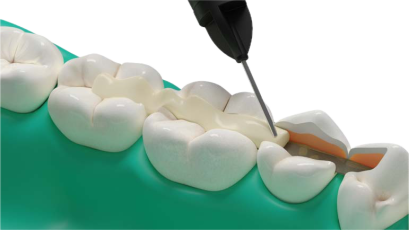 Our splinting preimpregnated light-curable reinforcement strips are designed for straightforward application, providing strong yet flexible support for a variety of dental situations.
Our splinting preimpregnated light-curable reinforcement strips are designed for straightforward application, providing strong yet flexible support for a variety of dental situations.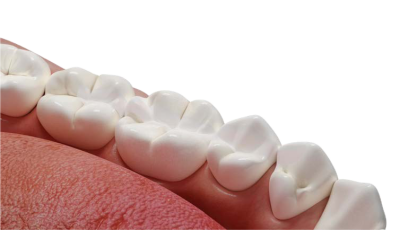 You can rely on Dentapreg® for an easy-to-use, metal-free alternative that upholds dental integrity and enhances patient satisfaction ensuring comfort without additional oral trauma.
You can rely on Dentapreg® for an easy-to-use, metal-free alternative that upholds dental integrity and enhances patient satisfaction ensuring comfort without additional oral trauma.DENTAPREG® SPLINTS: SIMPLE AND RELIABLE TOOTH STABILIZATION
Dentapreg® is designed to let dentists do splinting work reliably, aesthetically and with a minimum of fuss. Our splints, made from fiber-reinforced composite material, won’t let you or your patients down.For improved tooth stabilization, Dentapreg® splint strips are easy to use – you don't need any special instruments or equipment. Beneath this simplicity, Dentapreg®’s unique bio-mechanical properties ensure strong, rigid splints while at the same time providing the required natural flexibility for the stabilized teeth. The resulting splints are reliable and highly aesthetic, and crucially will not cause soft tissue irritation. These fiber-reinforced splints provide an additional key benefit for patients: they are metal-free and hypoallergenic, allowing for optimal oral hygiene to be maintained.Posterior splinting is in many ways analogue to the anterior splinting performed with Dentapreg® SFM. -
Q&A
General Dentapreg FAQ
What does Dentapreg® look like?The strips and pins consist of specially surface treated glass fibers impregnated with high viscosity light-curable resin matrix. The fibers are in the form or unidirectionally oriented bundle or braided multidirectionally oriented flat tape. The dimensions vary depending on the indication range of a specific product. The strip is slightly sticky and can easily be formed and adapted into the desired position. The strip is placed under the non-transparent foil in protective films and sealed in a blister with aluminium foil.
Why is Dentapreg® strip 6 cm long?Over the years, we have followed the recommendations from our customers and set a standard length of the pre-impregnated strips to 6 cm. This length is optimal for the needs of most applications and for minimizing the waste.
What needs to be taken care of when handling Dentapreg® products?During manipulation, it is recommended to use powder-free latex or vinyl protective gloves and to use non-contact technique. Do not touch the unprotected strip with bare hands. Avoid using direct and intense light in the working area as this could lead to the loss of application properties. Do not use the product if it becomes contaminated or otherwise damaged while being placed.
How to cut Dentapreg® strip or pin to the desired length?The strip can be cut using regular scissors. However, it is recommended to use clinical scissors. To avoid contamination, cut the strip when it is still placed in the protective films.
What instruments can be used when forming and adapting Dentapreg® strips and pins?The strip can be formed and adapted in the desired position using standard instruments, such as tweezer, spatula, condenser and other composite filling instruments. Using of instruments with sharp edges should be avoided as they can damage the reinforcing fibers.
Is it necessary to treat the surface of Dentapreg® products before use?There is no need for additional treatment of the strips or pins. The fibers are already impregnated by dental resin matrix to enssure strong and reliable adhesion.
Which adhesive system can be used in combination with Dentapreg®?For optimal bonding, it is recommended to use a standard two-step etch-and-rinse protocol. Self-etching single step adhesive protocol is less desired and should be used in the case of short-term applications only.
Which resin composite materials can be used in combination with Dentapreg®?Dentapreg® products are designed to be used in combination with any light or dual-curable resin composites and cements available on the market today. The selection of a specific material depends on the given clinical situation and the dentist’s preferences.
Must the entire surface of the strips or pins be covered with a covering composite layer?Strips and pins must be covered with a composite along the entire length. This is necessary in order to avoid irritation of soft oral tissues by exposed fibers and to protect the integrity of the framework structure. In the case of splinting, if there are no points of contact, build them from condensable resin composite.
What are the storage conditions before opening the blister?Dentapreg® products should be stored at temperatures between 4 and 25 ºC (39 to 77 ºF) in an intact blister away from direct light sources. Do not expose to temperatures higher than 25 ºC (77 ºF) for extended periods of time. Do not use after the expiry date stated on the packaging.
How long after opening the blister can Dentapreg® strips be used?After opening the blister, unused parts of the pliable strip in the protective films can be stored in the light protection box included in the packaging. In this packaging, store the product in a refrigerator at temperatures between 4 and 10 ºC, and use it within four weeks. If no contamination occurs, Dentapreg® pins can be stored without any restrictions in the original packaging for the entire shelf life.
Does the original dimensions of Dentapreg® strips change upon forming?The strips with the multidirectionlly oriented fibers in the form of flat tape (Dentapreg® SFM and PFM) are tightly interwoven and will not change the original dimensions upon forming. In the case of ultra-fine membrane (Dentapreg® UFM), the threads of fibers are loosely woven to provide flexibility and stretchability when adapted to a complex surface. The strips with unidirectionally oriented fibers (Dentapreg® SFU and PFU) allow for dimensional change of their cross-section due to limited flow of the impregnating resin matrix and corresponding movement of the individual fibers.
What kind of curing light can be used to cure Dentapreg®?The type of curing light will not affect the properties of the final application, but affects the time necessary to cure the strip. Keep in mind that a successful application of splints, retainers or frameworks requires curing the strip along its entire length and hence multiple light exposure steps progressing from one side of the application to the other are required. When using standard LED curing light with power of around 700 mW/cm2, the curing step for one tooth is 40 s. When using a high-power curing light, the light-exposure time can be adjusted accordingly.
Are there any contraindications and safety precautions to keep in mind during application of Dentapreg®?In very rare cases, the use of Dentapreg® medical devices may be associated with an allergic reaction. The use is contraindicated in patients with known over-sensitivity to any of the components contained (especially methacrylate monomers and polymers). During application, avoid contact with eyes, skin and soft tissues and ingestion. In the case of a contact of an uncured strip with soft tissues, gently wipe the affected area with a cotton swab or gauze, and rinse with water.
Are there any special precautions to keep in mind after the application of Dentapreg®?Inform the patient of the necessity of following hygiene principles to preserve esthetics and reduce the risk of caries. Also, instruct the patient to see the dentist without delay in the event of functional failure.
How to remove Dentapreg® application in case of need?The removal procedure is related to the specific type of application. The procedure of splint removal after it served its desired purpose has three steps. First, remove the covering layer of the composite by using a bur or using a polishing wheel to heat up the surface of the composite. The heated composite becomes soft and can be removed with a scaler. Next, remove the strip from the surface of the teeth. The easiest way is to use a scaler or orthodontic pliers and pull it from the interproximal spaces. Finally, clean and polish the teeth. The procedure of bridge removal has four steps. This includes cutting the retentions using a diamond bur, removing the pontic, removing the rest of the composite from the abutment teeth and finally, cleaning and polishing the abutment teeth.
-
Cases
The procedure of Dentapreg® SFU is very similar to Dentapreg SFM. Therefore the following videos apply to them with slight modifications.
Oral Splint
Follow this step-by-step video guide to make a reliable periodontic splint with Dentapreg® SFM.
Periodontal Splinting
Using Dentapreg® strip, Dr. Eric Van Zytveld, DDS makes a fast and very esthetic perio splint to stabilize mobile teeth.
How dental splint works
Watch fundamental principles of composite mechanics.
Dentapreg Splint Training
This webinar explains splinting using Dentapreg® strips.
-
Docs
Get Started with Dentapreg
Elevate your dental practice with Dentapreg constructive composites. Explore our range of products and discover how we can enhance your restorative dental procedures.
Testimonials
-

Dr. Jeffrey Hoos
Chief Dentist in Connecticut, USA, affiliated with leading dental and facial esthetics academies.“Doing beautiful restorative dentistry, based on great science, with a business model in mind, enhances the ability to have a successful practice. Dentapreg® restorative and prosthetic materials ensure that the BALANCE is achieved. Would not want to practice without Dentapreg®.”
-

Dr. David J. Poiman
Private Practitioner in Manhattan, New York, and Fellow of the Academy of General Dentistry.“I am thoroughly impressed by the exceptional quality of the Dentapreg® fibre reinforcement and the Fibrafill® dentin-based materials. Their strength and durability are commendable, ensuring longevity and reliability in various dental procedures. The ease of handling of these materials offers unparalleled convenience, allowing for precise application and seamless integration into dental practices. I particularly appreciate how these materials enhance workflow efficiency, ultimately benefiting both practitioners and patients. Overall, I highly recommend these materials to dental professionals seeking top-notch performance and reliability in their practice.”
-

Dr. Tomáš Slavíček
Masaryk University, Faculty od Medicine, Private Practitioner, Brno, Czech Republic“Dentapreg® fiber-reinforced composite materials clearly expand the field of our options to restore functionality of hard dental tissues. Reliability, stability and durability is what really matters.”
-

Dr. Hana Hubálková
Associate Professor at Charles University, Prague, leading in prosthodontics and member of European associations.“Dentapreg® is a comprehensive set of construction composite materials. These materials are widely used in dentistry, mainly due to their excellent mechanical characteristics. They can be advantageously used as splints, framework structures of adhesive bridges, reinforcements of temporary fixed bridges, reinforcements of fixed and removable restorations including hybrids anchored on implants, reinforcements of radices and completion of destroyed clinical tooth crowns. The Dentapreg® system meets the requirements of both esthetic and minimally invasive dentistry.”
-

Dr. Eric van Zytveld
University of Colorado, School of Dentistry, Private Practitioner, Denver, Colorado, USA“Dentapreg fiber-reinforced composites have been an important part of my practice for over eleven years. The SFM reinforced periodontal splints and PFM reinforced anterior bridges have given years of service. In October 2023, I examined a periodontal splint from tooth #22 to tooth #27 which was placed in March 2013. The splint has never broken and the only maintenance was reattaching tooth #23 to the splint in November 2017. An anterior bridge to replace tooth #23 was placed in July 2014 and is still performing well.”
-

Dr. Nikhil Bahuguna
Director and Chief Dentist at Demystifying Smiles, Noida, India, with international dental qualifications and leadership roles.“Restorative dentistry, a name synonymous with BioMimetic Dentistry requires the use of materials and techniques mimicking nature. The use of stress reducing and dissipating materials like the Dentapeg® fiber reinforcement and the Fibrafill® range of flowable and bulk-fill dentin based composites has made a huge difference in the bio-mechanical outlook of doing restorations in my practice. The physical properties which match the natural flexure give stronger and longer lasting core restorations and the minimally invasive radicular reinforcement protecting against cracks and fractures of the tooth-restoration complex is the biggest asset in saving the teeth for long term success. The unique, pre-impregnated, flexible glass fiber technology is a boon, helping us dentists save, restore and rehabilitate human dentition with predictability and enables us to provide clinical longevity with ease.”

